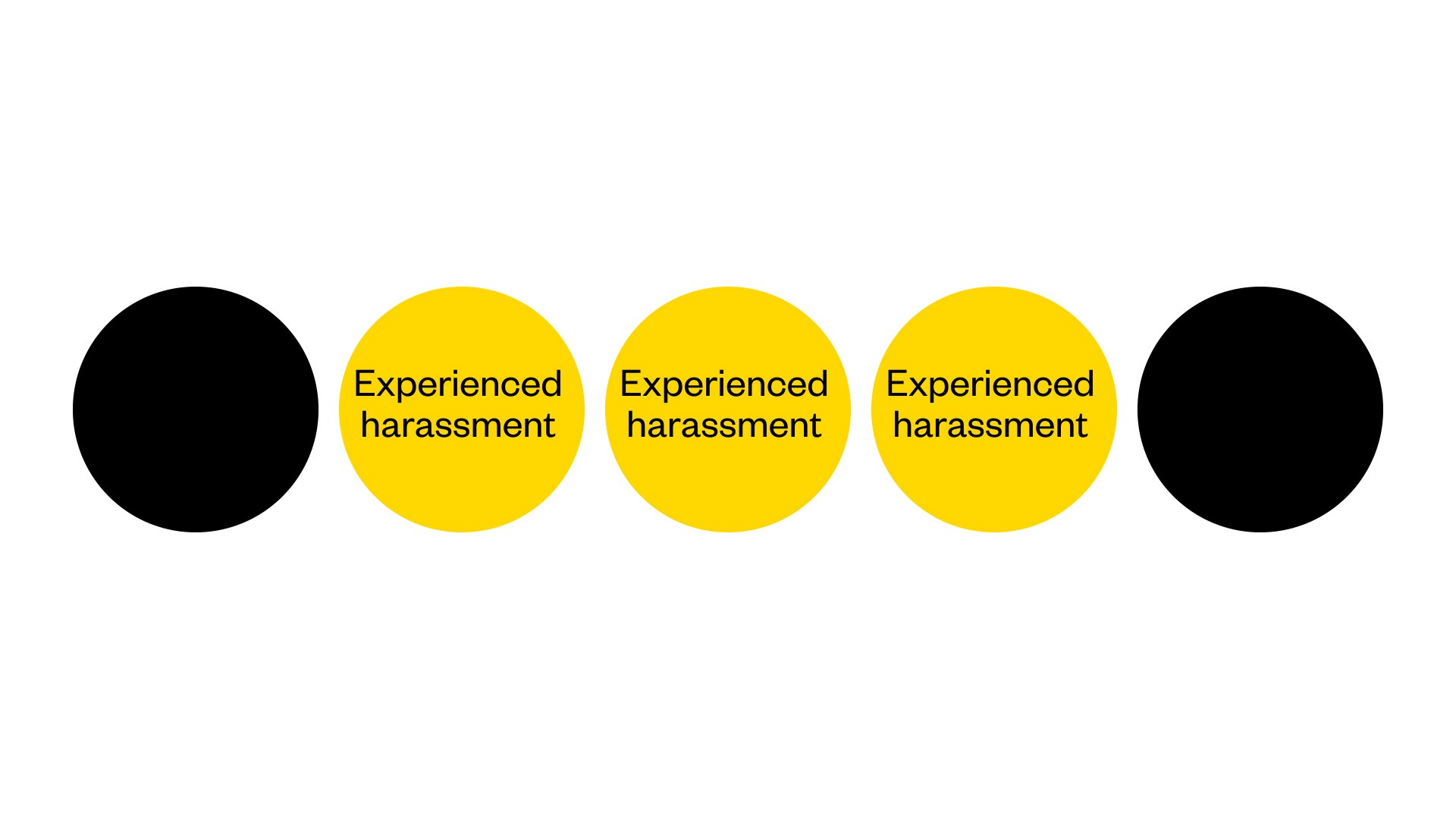Studies confirm Hollywood is all talk — but only if you’re a man. For women, it's still largely no action.Over the past decade, there has been no significant statistical improvement in the representation of women, people of color, LGBT characters, or characters with disabilities in film. And, according to a new study from USC’s Annenberg Inclusion Initiative, “Inequality in 1,100 Popular Films,” Hollywood remains overwhelmingly white and male.This report comes at a time in which leaders of the #MeToo and Time’s Up movements have been pushing Hollywood for a visible change in the status quo.“There is a cacophony of voices crying out for change, but Hollywood hasn’t changed its hiring practices,” Stacy Smith, the author of the report, told The Guardian. “We’re seeing very stable trends and very little movement in storytelling.”Women represented just 31.8 percent of speaking characters in 2017, which is consistent with statistics from the past decade. One of the issues perpetrating the low representation is that older women just aren’t cast in films at the same rate that older men are. Child actors are about half women and men, but the gap widens in the teens to 55 percent men and 44 percent women, and by the time the actors are 40 and older, over 75 percent of them are men. Moreover, the study showed that female characters were far more likely than their male counterparts to be shown in tight clothes or “alluring apparel.” And women aged 13-20 were just as likely as 21-39 year olds to wear “sexy attire” or to appear nude.Inequality on screen reaches far beyond gender.Just 12.1 percent of the 4,454 speaking characters in 2017 films were black, 6.2 percent were Hispanic, 4.8 percent were Asian, 3.9 percent were mixed-race, 1.7 percent were Middle Eastern, and less than 1 percent were Native American or Native Hawaiian.Over 70 percent of the speaking characters were white.Furthermore, over 99 percent of 2017’s speaking characters were straight and cisgender, and over 80 percent of the top-grossing films had no LGBT characters at all. Only 2.5 of the speaking roles in 2017 were depicted with a disability, and 70 percent of those characters were white and male.“The most important thing is not thinking about this as storytelling,” Smith told the Hollywood Reporter, adding that there also aren’t enough women, LGBT people, people of color or people with disabilities behind the camera either. “These are hiring decisions.” Cover image: Director Jordan Peele delivers a speech after he won the Oscar for Best Original Screenplay for 'Get Out' during the 90th Annual Academy Awards show on March 4, 2018 in Hollywood, California. MARK RALSTON/AFP/Getty Images.
Cover image: Director Jordan Peele delivers a speech after he won the Oscar for Best Original Screenplay for 'Get Out' during the 90th Annual Academy Awards show on March 4, 2018 in Hollywood, California. MARK RALSTON/AFP/Getty Images.
Advertisement
